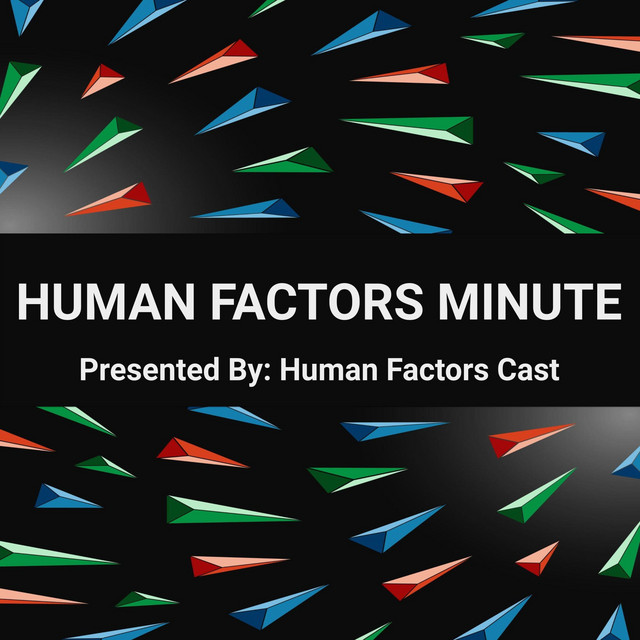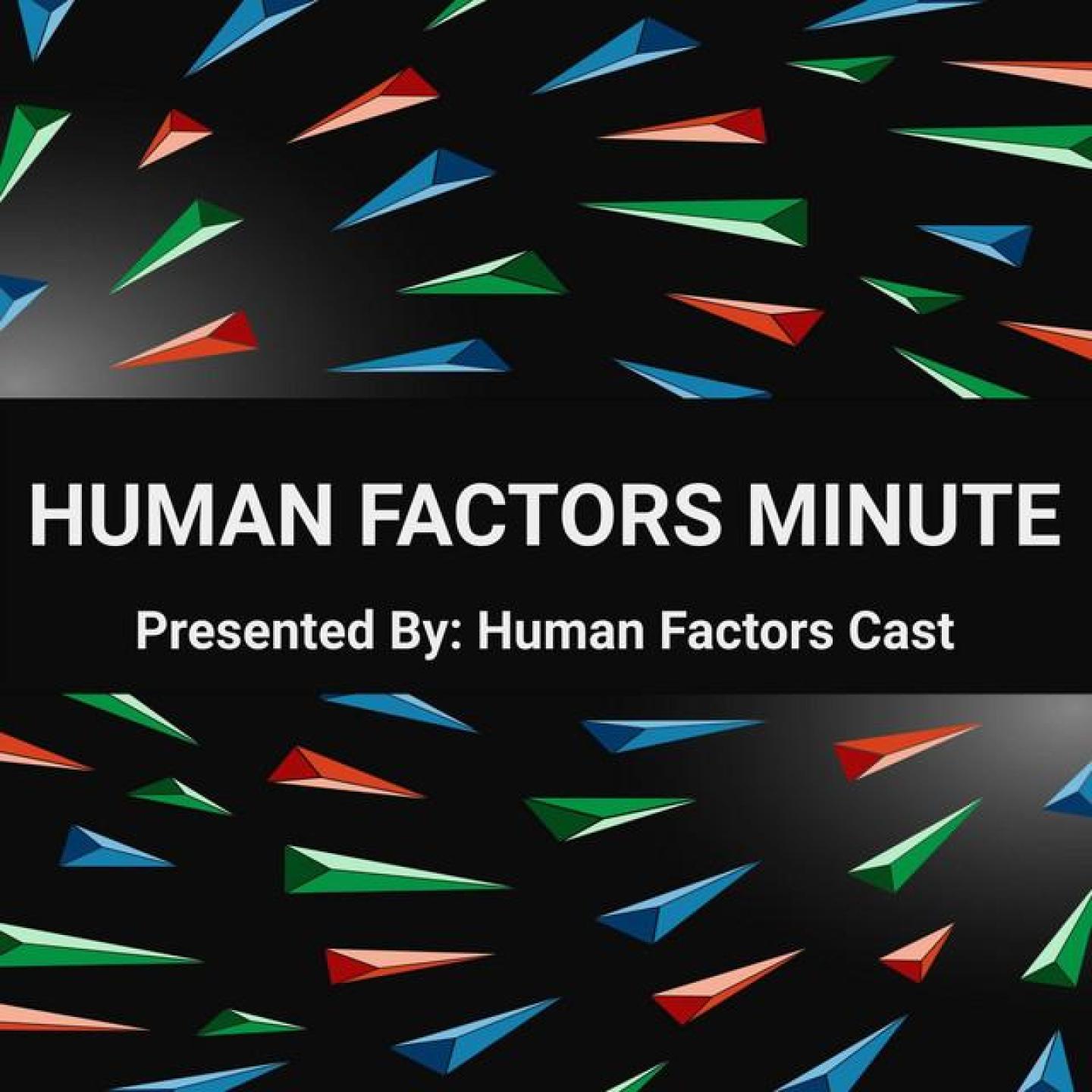Episode 49
Chernobyl (Part 4)
...and now for another Human Factors Minute!
In our previous Human Factors Minute on the Chernobyl disaster, we mentioned that the International Atomic Energy Agency (IAEA) had released a report detailing their conclusions of the disaster.
The IAEA updated their conclusions in a 1993 report.
New information since the 1986 report led them to "shift the emphasis of its conclusions from the actions of the operating staff to faulty design of the reactor’s control rods and safety systems.
Deficiencies in the regulation and management of safety matters throughout the Soviet nuclear power industry have also been revealed and are discussed”.
The focus on human error in the early reports will mean that for many, human error and violation of operating procedures by staff will always be remembered as the main causes of this disaster.
However, safety culture is where this all started.
Both IAEA reports identified an inadequate "safety culture" at all managerial and operational levels as a major underlying factor of different aspects of the accident.
This was stated to be inherent not only in operations but also during design, engineering, construction, manufacture and regulation.
For example, during the incident Reactor 4 was started up to meet a deadline and some commissioning activities were not undertaken.
But even before the deadlines to commission the reactor, there were pressures at the early design stages – at a phase that is sometimes referred to as Concept Select – when the reactor design was chosen.
The choice of reactor type was influenced by construction time, given the country’s ambitious power generation targets.
Unfortunately the reactor chosen had several inherent design faults, and sadly, some of these faults were known.
With hindsight, there’s little doubt that people didn’t perform as expected – but understanding shared cultural attitudes towards safety also contributed to the disaster.
This has been another Human Factors Minute!
Be sure to check out our main show at our official website: https://www.humanfactorscast.media
Support us on these platforms to get access to the entire Human Factors Minute library:
Patreon: https://www.patreon.com/humanfactorscast
Buy us a coffee: https://www.buymeacoffee.com/hfactorspodcast
Join us on Discord:https://go.humanfactorscast.media/Discord
Follow us:
Human Factors Cast Merchandise Store: https://www.humanfactorscast.media/p/Store/
Follow us on Twitch: https://twitch.tv/HumanFactorsCast
Follow us on YouTube: https://www.youtube.com/HumanFactorsCast
Follow us on LinkedIn: https://www.linkedin.com/company/humanfactorscast
Follow us on Twitter: https://www.twitter.com/HFactorsPodcast
Follow us on Facebook: https://www.facebook.com/HumanFactorsCast
Resources:
Music by Kevin McLeod: https://incompetech.com/music/royalty-free/
Mentioned in this episode:
Support us on Patreon for access to the full library of Human Factors Minute
https://www.patreon.com/humanfactorscast


